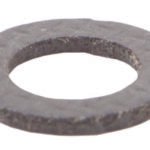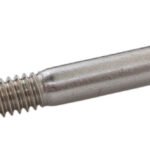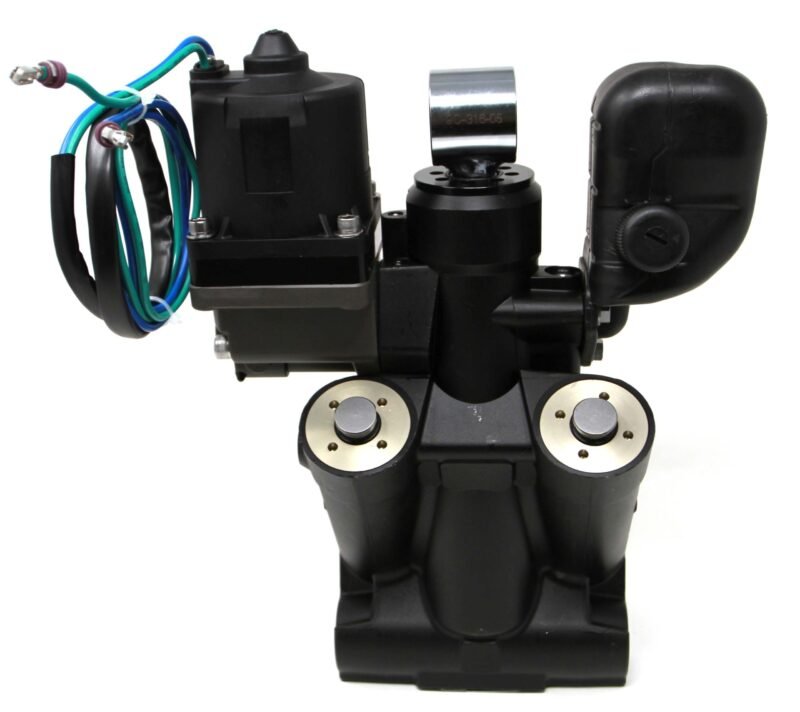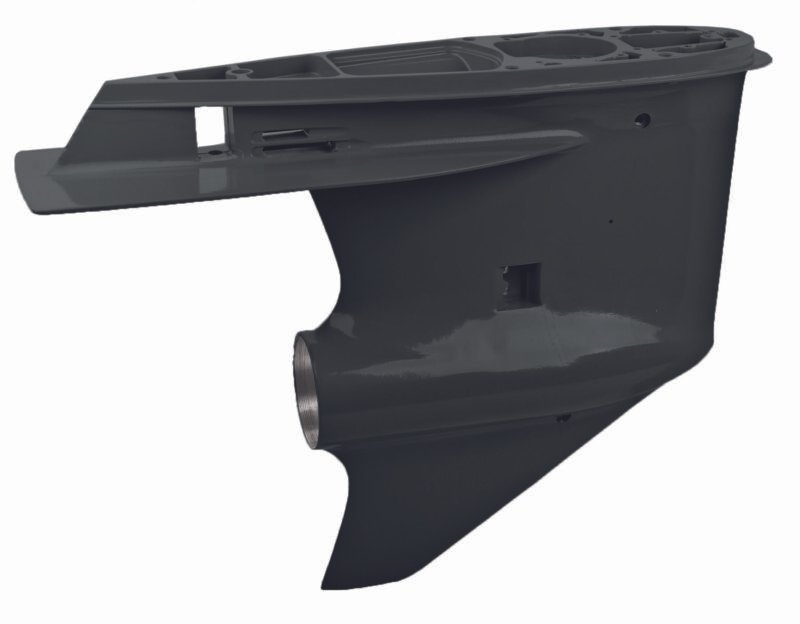
GASKET, DRAIN PLUG
March 18, 2024
SCREW
March 20, 2024
Description
- Elasticity: The primary function of a spring is to store mechanical energy when deformed and release it when the force causing the deformation is removed. This property allows springs to exert a force opposing the deformation, returning the spring to its original shape.
- Types of Springs: There are various types of springs, including compression springs, extension springs, torsion springs, and leaf springs, each designed for specific applications and operating conditions. Compression springs are compressed along their axis, extension springs are extended, torsion springs are twisted, and leaf springs are flexed.
- Applications: Springs are used in countless mechanical systems and devices, including automotive suspensions, door hinges, mattresses, watches, pens, switches, valves, and more. They provide shock absorption, vibration isolation, force adjustment, motion control, and various other functions.
- Materials: Springs are commonly made from materials such as steel, stainless steel, brass, titanium, or various alloys, selected based on factors such as required strength, elasticity, corrosion resistance, and operating temperature.
- Design Considerations: When designing with springs, engineers consider factors such as the required force, desired deflection or travel, operating environment (temperature, moisture, corrosive substances), fatigue life, resonance frequencies, and installation constraints.




